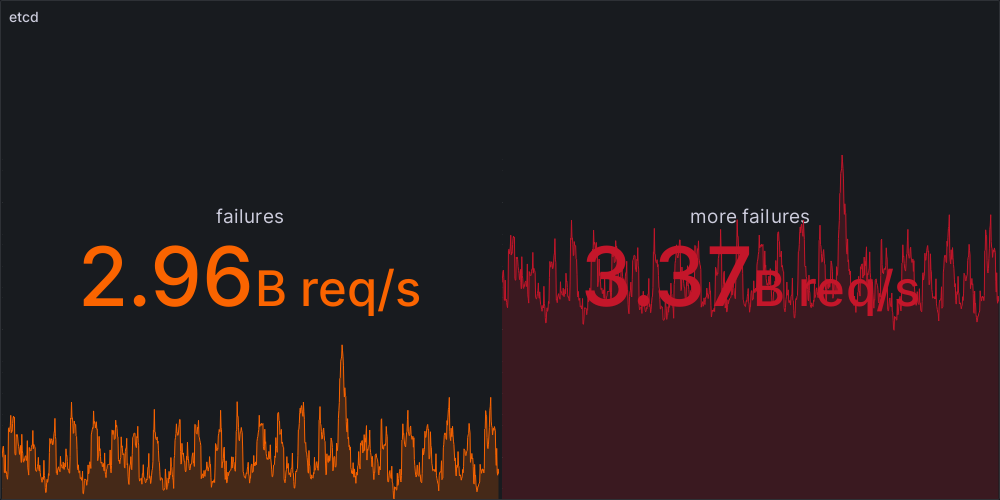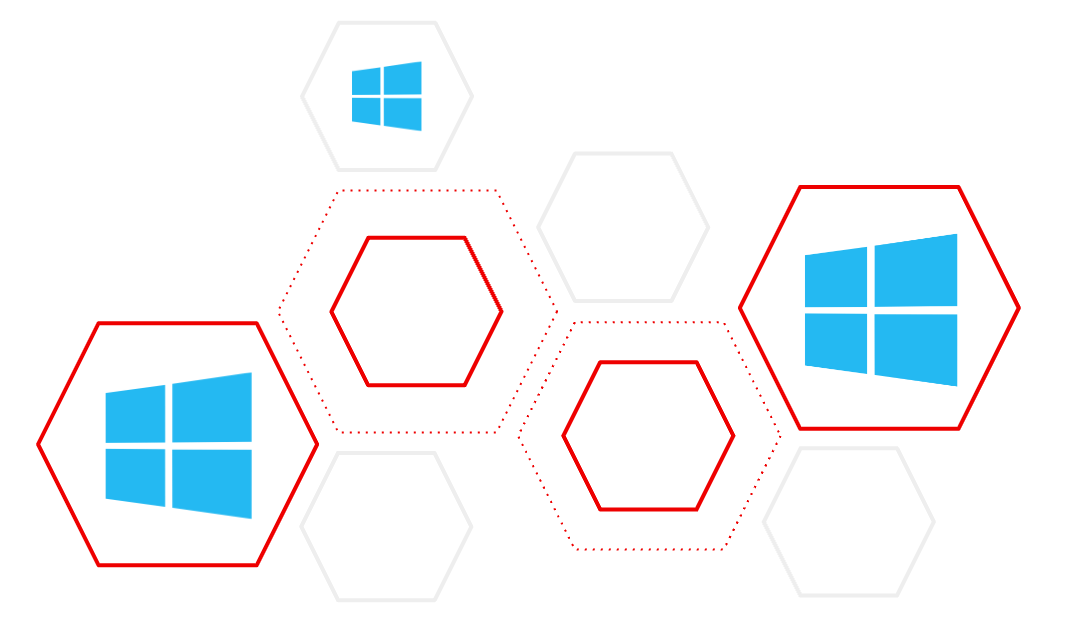After discussing the theoretical background why patterns are useful in common IT-architectures in our first post and discussing the various levels of utilizing patterns in section two, we will now dive a little deeper and look how a pattern can be applied for a practical business problem. Requirements Let us assume we have an application […]










